Learning Japanese can be a challenging task, but it is also extremely rewarding. One of the most effective and enjoyable ways to practice reading and get familiar with the language is through mangas. With their informal language, full of slang and dialects, and the visual support of illustrations, mangas make learning more relaxed and engaging. Many of them also include furigana — small characters above the kanji that indicate their reading — making it easier for beginners to understand.
In addition to being great study tools, manga also offers a unique cultural immersion. They reflect important aspects of daily life, traditions, and values of Japan. This is essential, as understanding Japanese culture is a key piece in mastering the language.
Below, check out a selection of mangas that will not only enrich your vocabulary but also open a window to the fascinating Japanese cultural universe.
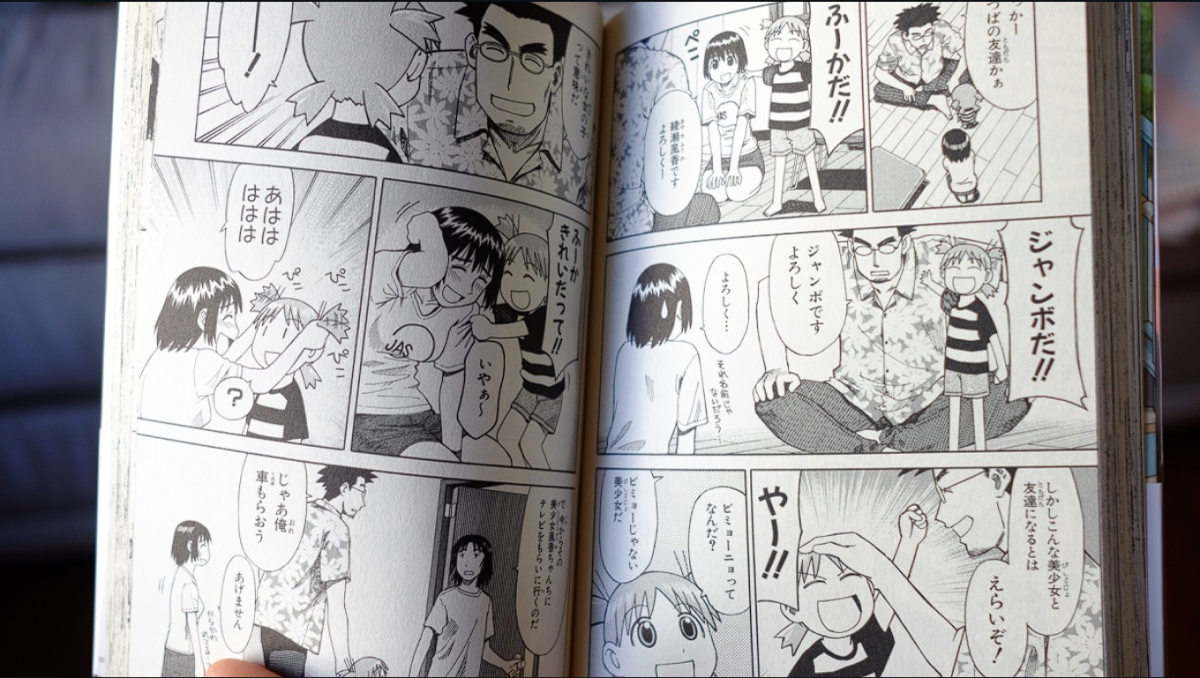
Table of Content
Why is reading mangas so effective for learning Japanese?
In addition to providing entertainment, manga are valuable tools for several reasons. First, they offer a contextualized language, allowing you to see how words and expressions are used in real situations. Second, the presence of images helps to understand the context even when some words are unknown.
Most importantly, the mangás allow you to absorb Japanese culture while studying the language. Cultural terms, festivals, traditions, and even forms of etiquette are present in almost every story, making the learning experience more complete and meaningful.
We recommend reading: How to learn Japanese with manga and anime?
Detective Conan (名探偵コナン)
With a captivating narrative and a touch of mystery, Detective Conan is a fantastic choice for those who want to learn Japanese while having fun. The story follows Shinichi Kudo, a young detective who, after being poisoned, is transformed into a child. Under the pseudonym Conan Edogawa, he continues to solve cases while keeping his identity a secret.
The manga is known for its diverse setting, exploring different regions and cultures of Japan. The variety of characters brings with them a rich repertoire of expressions and even regional dialects, such as the kansai-ben of Hattori Heiji from Osaka. Additionally, the language is clear and objective, making it accessible for those who are still getting used to the language. The furigana present in the texts further facilitates reading.
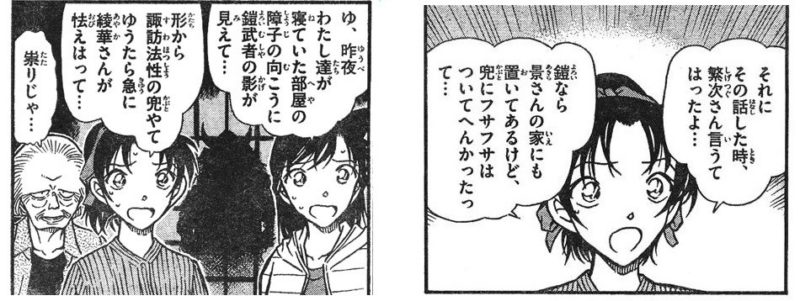
Yotsubato! (よつばと!)
Yotsubato! it's the perfect choice for those looking for a light, fun manga with simple language. It follows Yotsuba, a lovely 5-year-old girl who experiences everyday adventures with her father in a quiet Japanese town.
The plot is a celebration of life's small joys, from learning about the seasons to exploring the world around you. The simplicity of the story is reflected in the vocabulary, which is ideal for beginners. Moreover, the rural setting offers a charming glimpse of the Japanese countryside, allowing the reader to discover less-explored aspects of the country's culture.
Works like Yotsubato! are ideal for beginners, as they combine the learning of new kanji with an engaging and visually rich approach.
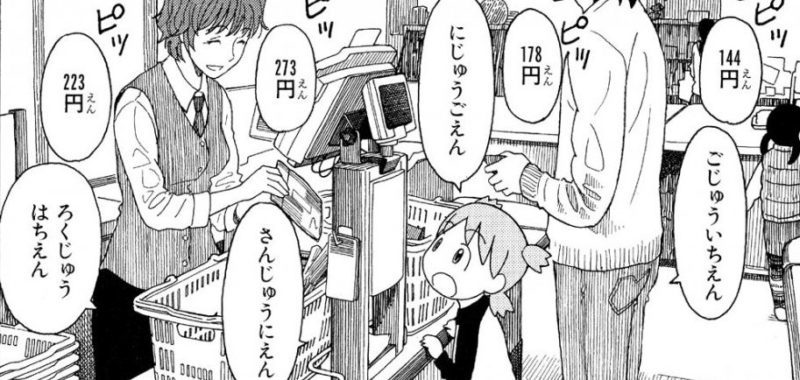
Nihonjin no Shiranai Nihongo (日本人の知らない日本語)
For intermediate students who want to go further, Nihonjin no Shiranai Nihongo is an essential manga. It narrates the experience of a young Japanese teacher who teaches the language to foreigners but ends up discovering peculiarities of the language that even she didn't know.
The work is rich in curiosities about the Japanese language, covering everything from the origin of certain terms to idiomatic expressions and common mistakes made by foreigners. The dialogues are full of cultural and linguistic nuances, offering a unique opportunity to deepen your knowledge of the language.
With just four volumes, the manga is short but full of useful content for anyone who wants to better understand the complexities of Japanese and how it is used by natives and foreigners.
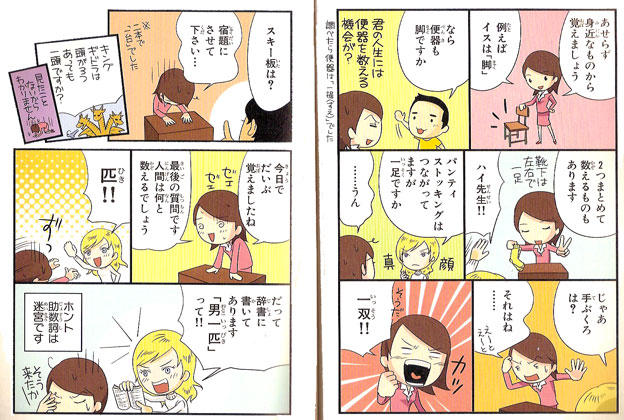
Shirokuma Cafe (しろくまカフェ)
This manga is perfect for beginners. The story follows the daily life of a café run by a polar bear and frequented by other animals and humans. With simple dialogues and everyday situations, Shirokuma Cafe presents easy and fun vocabulary, ideal for those starting to study Japanese. The furigana facilitates reading, and the light tone keeps the reader engaged.
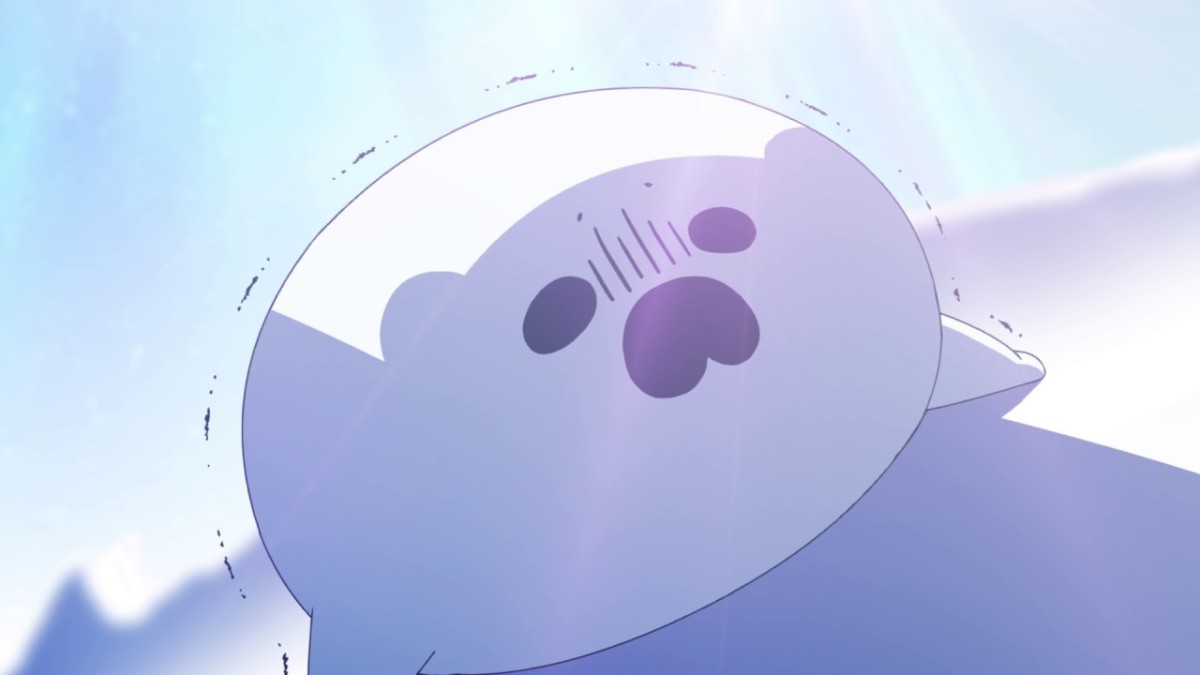
Chibi Maruko-chan (ちびまる子ちゃん)
A classic of Japanese pop culture, Chibi Maruko-chan depicts the daily life of a young student named Maruko and her family. With simple language and a lot of furigana, this manga is a great choice to learn common expressions and slang used by children and Japanese families. It also brings cultural aspects from the 70s and 80s, helping the reader to understand everyday life in Japan in a historical and fun way.

One Piece (ワンピース)
Although it is a longer manga with varied vocabulary, One Piece is an excellent choice for intermediate and advanced students. Luffy's epic story and his crew explore various settings and characters, introducing a rich variety of dialects, speaking styles, and slang. The themes addressed — such as friendship, dreams, and adventure — make the reading engaging, and the presence of furigana helps in understanding more complex kanji.

Bakuman (バクマン。)
Written by the same authors of Death Note, Bakuman is a story about two young men who aspire to become mangaka (manga authors). This manga is especially interesting for advanced students who want to learn more about the manga industry and the technical vocabulary related to the publishing world. Furthermore, it features realistic dialogues, ideal for those looking to improve their fluency.

Doraemon (ドラえもん)
One of the most iconic mangas from Japan, Doraemon is perfect for beginners. The story follows Nobita, an unlucky boy, and Doraemon, a robot from the future who helps him with technological inventions. The simplicity of the vocabulary, the constant use of furigana, and the family themes make the reading educational and enjoyable.
